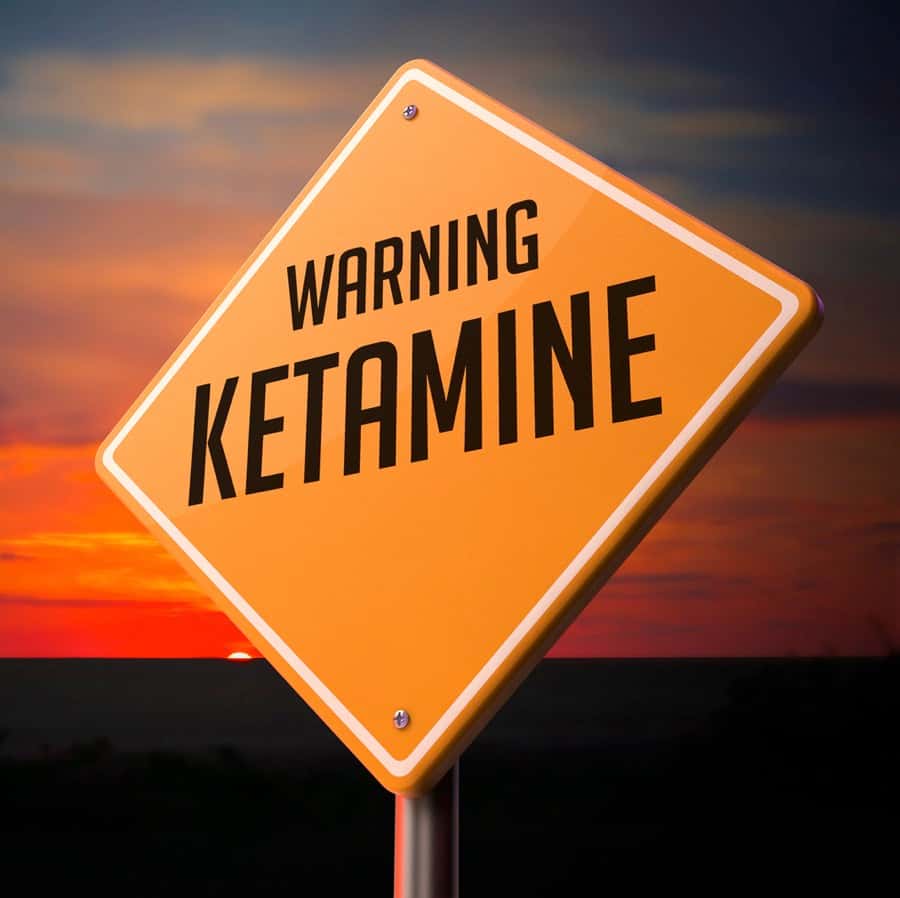
Anthony Bourdain, Kate Spade, Robin Williams, Kurt Cobain and Marilyn Monroe are just a few of the celebrities who have taken their own lives. To say their deaths made headlines would be an understatement. That is largely because the public is shocked that people who are rich, successful and admired by millions would commit suicide. But major depression can strike anyone—rich people or poor people, stars or unknowns, teenagers or senior citizens. We cannot help but wonder whether better access to ketamine, a very old drug, might help prevent some suicides.
Unanticipated Outcomes of Intense Media Coverage:
We’re often disappointed by the publicity that surrounds high-profile suicides. The morbid curiosity and sensational coverage by the media appear to trigger more suicides. A study published in the journal PLoS One (Feb. 7, 2018) notes that the suicide rate went up 10 percent in the four months following the suicide of Robin Williams.
It has been reported that:
“After Marilyn Monroe’s death, suicides increased by 12 percent.”
What Can People Do?
The advice that frequently accompanies such tragic events is somewhat unsatisfying. People are urged to seek help if they have suicidal thoughts. That seemingly makes sense on the surface, but mental health resources are stretched to the breaking point.
There is an increasing shortage of psychiatrists in the United States. Mental health resources have been underfunded for years. According to the American Psychiatric Association:
“The number of psychiatric hospital beds in the U.S. has dropped significantly in the past several decades — more than 96 percent since the 1950s and more than 17 percent just since 2010…”
That means that people with major depression may end up waiting for days in emergency rooms until a bed becomes available. Ask any emergency physician about the challenges of dealing with suicidal patients and you will get an earful.
The Limits of Current Therapy:
Even when patients in crisis finally get professional care, the options that are available are limited. Antidepressant medications can take several weeks to start working. Someone who is suicidal may not be able to wait that long. Drugs like citalopram (Celexa), fluoxetine (Prozac) and sertraline (Zoloft) don’t work for everyone.
Access to Ketamine? A Major Controversy!
That’s why there is growing interest in an old drug that offers promise of fast-onset antidepressant action. An injectable anesthetic called ketamine (Ketalar) has been used since the 1970s.
One study published in the Journal of Psychiatric Research (online, Aug. 12, 2014) reported that:
“Ketamine was associated with reductions in suicidal ideation…Furthermore, ketamine had an impact on increased wish to live and decreased wish to die…”
A review of the medical literature published in the Journal of Clinical Psychiatry (March-April, 2018) notes that a single sub-anesthetic dose of ketamine:
“is associated with antisuicidal benefits that emerge within an hour of administration and persist for up to a week.”
This suggests that if people could get access to ketamine when they need it, it might save lives. That’s especially true if drug treatment is part of a comprehensive support program.
FDA and Access to Ketamine:
The FDA has not approved ketamine for depression or suicide prevention. That is because the drug has been available generically for years. No pharmaceutical company wants to go through the process of seeking FDA approval for a drug that is off patent and readily available.
Insurance companies are unlikely to pay for these infusions. Even though the drug is accessible at an affordable price, many clinics are now charging high prices to administer ketamine. That means people in crisis would likely have to pay out of pocket for an unapproved use. Many cannot afford it.
There is also resistance from the medical community. Many clinicians remain unconvinced that ketamine could be helpful against depression or suicide. They don’t understand how it works. Unless the FDA gives a stamp of approval there is going to be legitimate resistance to its use for suicide prevention.
Nasal Spray Esketamine:
In a new twist, a slightly different form of this old injectable medication is being developed. Esketamine will be administered as a nasal spray. Preliminary studies are encouraging. We do not know, however, whether eskatamine will work the same way as ketamine to reduce suicidal ideation.
Until the FDA decides whether to approve esketamine, severely depressed people will need better treatment. If the experience following Robin Williams’ death is an indicator, mental health facilities will be strained during the coming months.
What do you think? Share your thoughts about access to ketamine in the comment section below.

